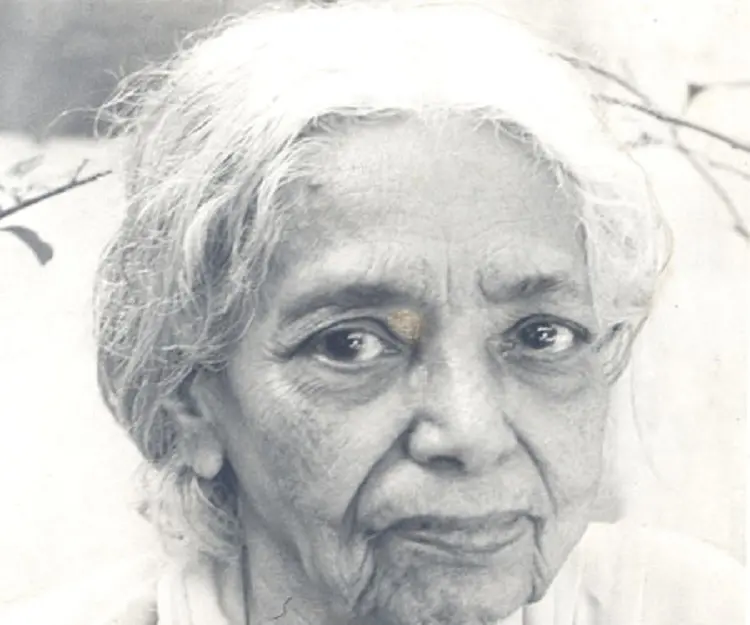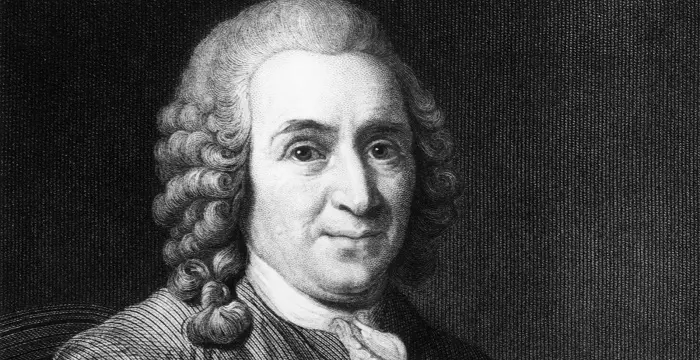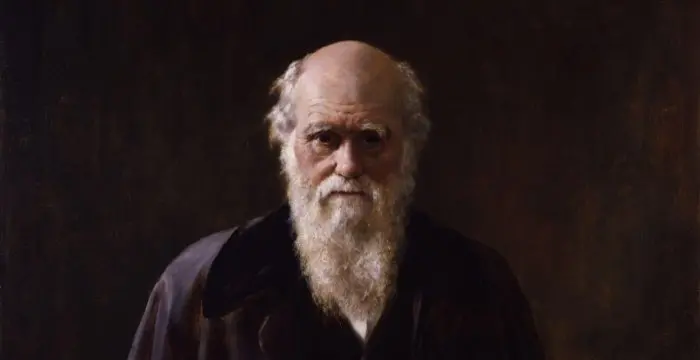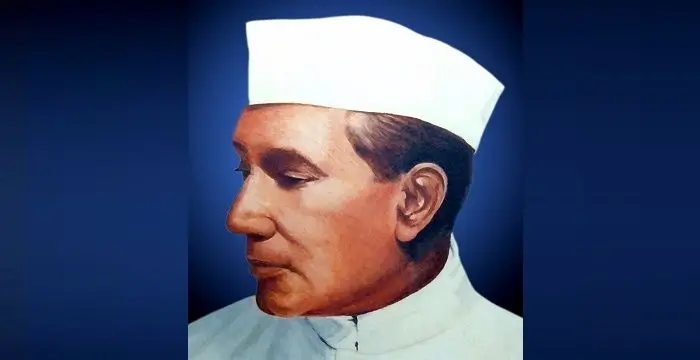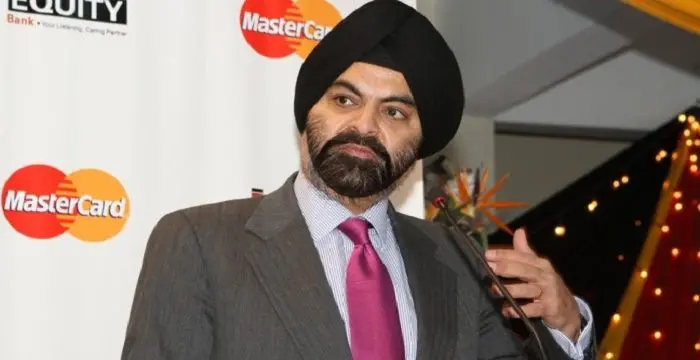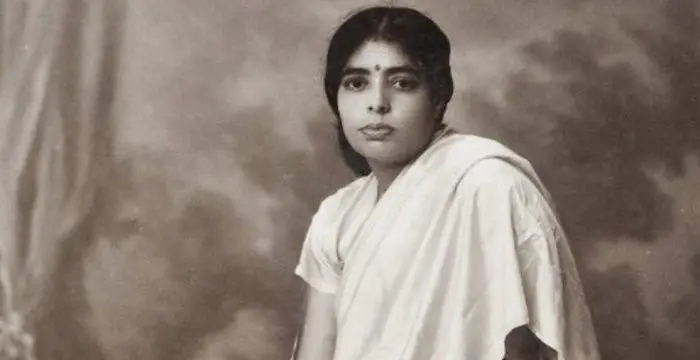
Janaki Ammal - Scientists, Career and Childhood
Janaki Ammal's Personal Details
Janaki Ammal was an Indian botanist best remembered for her work on sugarcane and eggplant
| Information | Detail |
|---|---|
| Birthday | 1897 |
| Died on | January 1, 1984 |
| Nationality | Indian |
| Famous | Scientists, Botanists |
| Known as | EK Janaki Ammal |
| Birth Place | Thalassery |
| Gender | Female |
| Born in | Thalassery |
| Famous as | Botanist |
| Died at Age | 87 |
// Famous Scientists
Juliane Koepcke
Juliane Koepcke is a German-Peruvian biologist, who was the lone survivor among the 92 passengers and crew of the ill-fated LANSA Flight 508 that crashed in the Peruvian rainforest on 24 December 1971. Know more about her life in this biography.
Henry Cavendish
Henry Cavendish was a theoretical chemist and physicist, renowned for discovery of hydrogen and calculation of the mass of earth. To know more about his childhood, profile, timeline and career read on
Konstantin Tsiolkovsky
Konstantin Tsiolkovsky was a Russian rocket scientist and a pioneer of astronautics. This biography provides detailed information about his childhood, family, personal life, career, achievements, etc.
Janaki Ammal's photo
Who is Janaki Ammal?
Janaki Ammal Edavaleth Kakkat was an Indian botanist best remembered for her work on sugarcane and eggplant. An expert in cytogenetics (the genetic content and expression of genes in the cell), she conducted research on chromosome numbers and ploidy in a variety of garden plants while she was in England which led to new findings on the evolution of species and varieties. Her research played a vital role in understanding the nature of polyploidy in sugarcane and helped in choosing plant varieties for cross-breeding in order to produce the sweetest sugarcane. Born in late 19th century in Kerala, India, Ammal was encouraged to pursue her intellectual interests from a young age. Unlike in many other Indian families of those times where girls were not provided any opportunity for self-development, her family supported her from the very beginning. She developed an early interest in botany and studied the subject at Queen Mary's College and Presidency College. Eventually she realized her interest in cytogenetics and went to the University of Michigan, U.S. for her higher studies. She returned to India after completing her studies and after working as a professor for some time, she joined the Sugarcane Breeding Institute, Coimbatore, as a geneticist. A very determined woman, she never married and dedicated her entire life to scientific pursuits.
// Famous Botanists
Carl Linnaeus
Carolus Linnaeus was a renowned Swedish biologist popularly known as the ‘Father of Modern Taxonomy’ who founded the binomial nomenclature. Read on to know more about his childhood, career, profile and timeline
Charles Darwin
Charles Darwin was one of the most influential figures in human history. Go through this biography to get details about his life, profile and timeline.
Birbal Sahni
Birbal Sahni was an Indian palaeobotanist who founded the Birbal Sahni Institute of Palaeobotany in Lucknow. This biography of Birbal Sahni provides detailed information about his childhood, life, achievements, works & timeline.
Childhood & Early Life
Janaki Ammal was born on 4 November 1897 into a large family in Tellicherry, Kerala, India. Her father Dewan Bahadur Edavalath Kakkat Krishnan was a sub-judge of the Madras Presidency. She had six brothers and five sisters.
She grew up in an era when most Indian girls were not even sent to school and women were discouraged from pursuing their professional interests. However, her family was an open-minded one and Janaki was encouraged to engage in intellectual pursuits.
She developed an early interest in botany. After completing her schooling, she moved to Madras where she obtained a Bachelor's degree from Queen Mary's College. She proceeded to complete her B.Sc Honors from the Presidency College in 1921. While at the Presidency she acquired an interest in cytogenetics.
A brilliant student, she was granted a scholarship to attend the University of Michigan, U.S. from where she earned her MS in 1925.
She returned to India and taught at the Women’s Christian College for a while before going to Michigan again as the first Oriental Barbour Fellow. She completed her D.Sc in 1931.
Career
She returned to India and accepted the post of Professor of Botany at the Maharaja's College of Science, Trivandrum, in 1932.
She joined the Sugarcane Breeding Institute, Coimbatore, as a geneticist in 1934. The institute was created with the aim of improving the Indian sugarcane plant. At the institute, Ammal worked on sugarcane biology with T.S. Venkataraman who had successfully increased the production of sugarcane in the country over the past few years.
Ammal’s research in polyploidy helped to understand the nature of polyploidy in sugarcane. She was instrumental in creating a firm scientific basis for crossing and hybrids, and helped in choosing plant varieties for cross-breeding. She worked at the institute till 1939.
She moved to England in 1940 to work as Assistant Cytologist at the John Innes Horticultural Institution in London. There she performed chromosome studies on a wide range of garden plants, and her studies on chromosome numbers and ploidy led to several new developments in the study of the evolution of species and varieties.
She then worked as cytologist at the Royal Horticultural Society at Wisley from 1945 to 1951. In 1951, the Prime Minister of India, Jawaharlal Nehru, invited her to return to her homeland and help in reorganizing the Botanical Survey of India (BSI).
In 1952, she was appointed as Officer on Special Duty to the BSI, and eventually became the Director-General of the BSI. She went on to serve the Government of India in various other capacities over the ensuing years, including heading the Central Botanical Laboratory at Allahabad.
During the later part of her career, she worked for a while at the Bhabha Atomic Research Centre at Trombay before moving to Madras in 1970 where she was named an Emeritus Scientist at the Centre for Advanced Study in Botany, University of Madras.
Major Works
Janaki Ammal was a pioneer in the field of cytogenetics in India and her contribution to the development of sweeter hybrid varieties of sugarcane has been immense. As a part of the Sugarcane Breeding Institute, she was instrumental in not only analyzing the geographical distribution of sugarcane across India, but also in selecting the best varieties for cross-breeding.
Awards & Achievements
Professor C.V. Raman made Ammal a Fellow of the Indian Academy of Sciences in 1935 and she was elected a Fellow of the Indian National Science Academy in 1957.
She received an honorary LL.D. from the University of Michigan in 1956.
In 1977, she was honored by the Government of India which conferred upon her the Padma Shri.
Personal Life & Legacy
Janaki Ammal was a very simple person when it came to her lifestyle. She always dressed in Indian attire and had just a few material possessions. She led a Gandhian lifestyle and was much respected for her adherence to principles and ethics. She never married or had children.
She lived a long life and was not known to suffer from any serious illnesses. She died of natural causes in February 1984, aged 87.
// Famous Indian peoples
Sunny Leone
Sunny Leone is an actress and model. Check out this biography to know about her birthday, childhood, family life, achievements and fun facts about her.
Swami Vivekananda
Swami Vivekananda was the chief disciple of Sri Ramakrishna, and was responsible for awakening India spiritually. Check this biography to know in detail about his life, profile and timeline.
Ajaypal Banga
Ajaypal Banga is an Indian-American business executive who is the CEO of MasterCard. Check out this biography to know about his childhood, family life, achievements and fun facts about him.
Janaki Ammal biography timelines
- // 4th Nov 1897Janaki Ammal was born on 4 November 1897 into a large family in Tellicherry, Kerala, India. Her father Dewan Bahadur Edavalath Kakkat Krishnan was a sub-judge of the Madras Presidency. She had six brothers and five sisters.
- // 1921She developed an early interest in botany. After completing her schooling, she moved to Madras where she obtained a Bachelor's degree from Queen Mary's College. She proceeded to complete her B.Sc Honors from the Presidency College in 1921. While at the Presidency she acquired an interest in cytogenetics.
- // 1925A brilliant student, she was granted a scholarship to attend the University of Michigan, U.S. from where she earned her MS in 1925.
- // 1931She returned to India and taught at the Women’s Christian College for a while before going to Michigan again as the first Oriental Barbour Fellow. She completed her D.Sc in 1931.
- // 1932She returned to India and accepted the post of Professor of Botany at the Maharaja's College of Science, Trivandrum, in 1932.
- // 1934She joined the Sugarcane Breeding Institute, Coimbatore, as a geneticist in 1934. The institute was created with the aim of improving the Indian sugarcane plant. At the institute, Ammal worked on sugarcane biology with T.S. Venkataraman who had successfully increased the production of sugarcane in the country over the past few years.
- // 1935 To 1957Professor C.V. Raman made Ammal a Fellow of the Indian Academy of Sciences in 1935 and she was elected a Fellow of the Indian National Science Academy in 1957.
- // 1939Ammal’s research in polyploidy helped to understand the nature of polyploidy in sugarcane. She was instrumental in creating a firm scientific basis for crossing and hybrids, and helped in choosing plant varieties for cross-breeding. She worked at the institute till 1939.
- // 1940She moved to England in 1940 to work as Assistant Cytologist at the John Innes Horticultural Institution in London. There she performed chromosome studies on a wide range of garden plants, and her studies on chromosome numbers and ploidy led to several new developments in the study of the evolution of species and varieties.
- // 1951She then worked as cytologist at the Royal Horticultural Society at Wisley from 1945 to 1951. In 1951, the Prime Minister of India, Jawaharlal Nehru, invited her to return to her homeland and help in reorganizing the Botanical Survey of India (BSI).
- // 1952In 1952, she was appointed as Officer on Special Duty to the BSI, and eventually became the Director-General of the BSI. She went on to serve the Government of India in various other capacities over the ensuing years, including heading the Central Botanical Laboratory at Allahabad.
- // 1956She received an honorary LL.D. from the University of Michigan in 1956.
- // 1970During the later part of her career, she worked for a while at the Bhabha Atomic Research Centre at Trombay before moving to Madras in 1970 where she was named an Emeritus Scientist at the Centre for Advanced Study in Botany, University of Madras.
- // 1977In 1977, she was honored by the Government of India which conferred upon her the Padma Shri.
- // Feb 1984She lived a long life and was not known to suffer from any serious illnesses. She died of natural causes in February 1984, aged 87.
Janaki Ammal's FAQ
When was Janaki Ammal died?
Janaki Ammal was died at 1984-01-01
Which age was Janaki Ammal died?
Janaki Ammal was died at age 87
Where is Janaki Ammal's birth place?
Janaki Ammal was born in Thalassery
What is Janaki Ammal nationalities?
Janaki Ammal's nationalities is Indian
How famous is Janaki Ammal?
Janaki Ammal is famouse as Botanist



